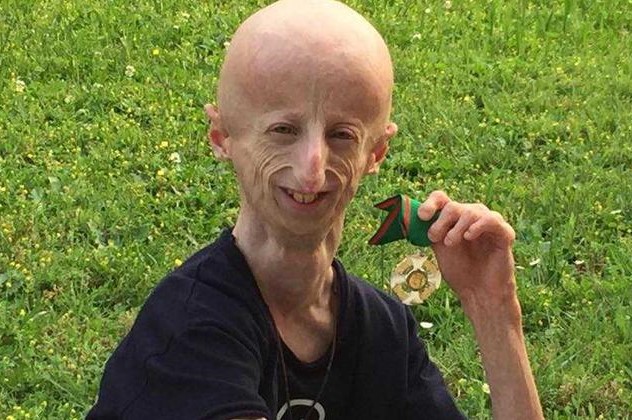
Progeria: what is it, symptoms, causes, diagnosis and possible treatment
Progeria turns out to be a sporadic gene pathology, which results in the rapid aging: the pathology takes over from the first years of birth, during which the subject manifests the primary factors
Death occurs during adolescence, as a result of cardiovascular discomfort.
There are no curative treatments for progeria, and the prognosis is dismal
Nevertheless, it turns out to be possible to implement specific curative therapies, having the function of prolonging the life of individuals for a few years.
Science is investigating methods that more fully encompass progeria.
The latter turns out to be known by the designation of Hutchinson-Gilford syndrome.
Infants with this condition begin to show primary signs early in infancy.
After a few months, the symptoms become more predominant, eventually leading to death in subjects during the adolescent phase.
Sporadically, certain subjects reach the age of 20.
The condition does not change the psychic potential of juvenile subjects, who are similar to corresponding subjects of the same age.
As a somewhat sporadic condition, it compromises 1 in 8 million infants.
Most affected children die around the age of 13 from vascular dysfuction.
CHILD HEALTH: LEARN MORE ABOUT MEDICHILD BY VISITING THE BOOTH IN EMERGENCY EXPO
The symptomatology of progeria takes over after birth, during the first year of life
Observed are:
- slow development
- scleroderma
- face of small size and narrowed
- head large in size and not proportionate to the face
- beak-like nose
- pronounced eyeball
- falling hair, eyelashes and eyebrows
- thinning of the lips
- small and recumbent jawline
- visible veins
- high-pitched tone of voice
- abnormal and loose teeth
- reduced muscle tone and body fat
- joint stiffening
- dislocation of the hip
- reluctance to insulin
- arrhythmias
Subsequently, individuals with progeria manifest complications such as: cardiovascular problems, atherosclerosis, kidney failure, lack of vision, and previous musculoskeletal decay.
Affected patients appear frail and lack the ability to perform the motor functions of individuals of the same age.
Contrary to popular belief, premature aging does not cause any tumors and neurodegenerative diseases peculiar to advancing age.
The person with progeria does not have mental retardation; on the contrary, he or she has an active and discerning mind
This causes difficulty in resignation, resulting in the onset, in some cases, of depressive states and affliction.
Progeria, being a genetic disorder, results from genetic mutations in the DNA
One gene, in the cambium world, develops an abnormal protein: the gene causing progeria turns out to be LMNA.
This turns out to be located within chromosome 1 and develops a protein called lamin A.
The latter confers support for the essential structure of the cell nucleus.
The absence of this gives the nucleus a different, deformed exterior.
The deformed nucleus, lacking the support of lamin A, impairs vital cellular functions, for example, mitosis.
Diagnosis
Predicts:
- developmental slowdown
- alopecia areata
- skin numbness, so-called scleroderma
The prognosis does not turn out to be benevolent, as there are no drugs that can cure it.
However, trials of some drugs are giving hope to patients and family members.
Read Also
Emergency Live Even More…Live: Download The New Free App Of Your Newspaper For IOS And Android
High Leukocytes In The Urine: When To Worry?
Down Syndrome And COVID-19, Research At Yale University
Children With Down’s Syndrome: Signs Of Early Alzheimer’s Development In Blood
Leukaemia In Children With Down Syndrome: What You Need To Know
What Is Tourette Syndrome And Who It Affects
Down Syndrome, General Aspects



